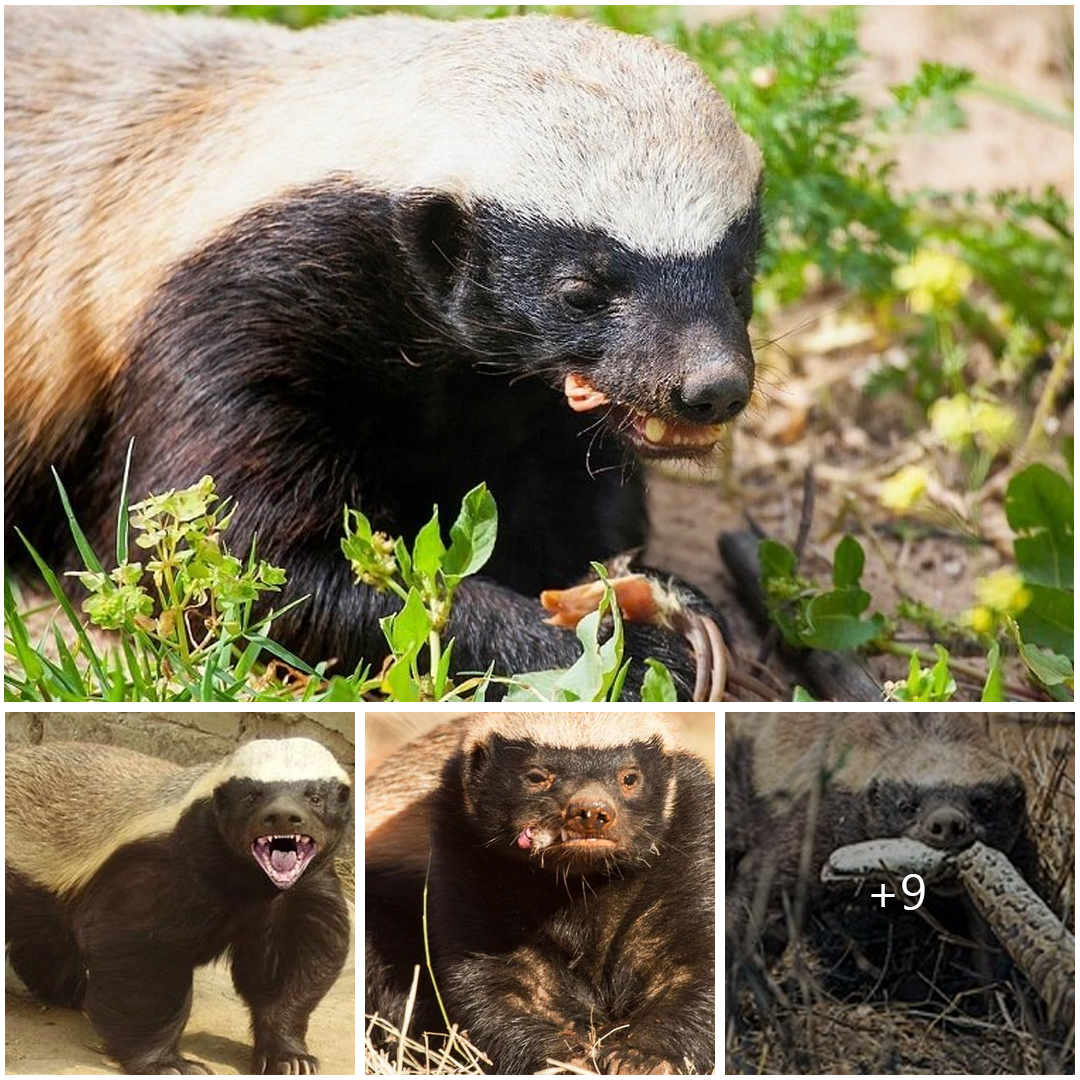
Exploring the Elusive Honey Badger: Africa’s Fearless Creature
The honey badger, also known as Mellivora capensis, is a fascinating and formidable creature found across sub-Saharan Africa and parts of Asia. Despite its small size, the honey badger has gained a fearsome reputation as one of the toughest and most tenacious animals in the animal kingdom. In this article, we delve into the world of the honey badger, uncovering its unique characteristics, behaviors, and ecological significance.
The honey badger is a member of the Mustelidae family, which includes weasels, otters, and ferrets. Despite its name, the honey badger is not closely related to badgers but shares some similarities in appearance and behavior. It has a stocky body, broad head, and distinctive black and white markings on its face. The honey badger’s fur is coarse and resistant to snake bites and other injuries, providing it with protection in its often hostile environment.
One of the most remarkable traits of the honey badger is its fearless nature. Known for its aggressive demeanor and formidable defenses, the honey badger has few natural predators and is capable of holding its own against much larger animals. It has powerful jaws and sharp teeth, as well as long, strong claws that it uses for digging and defense. Despite its small size, the honey badger is known to take on animals much larger than itself, including lions and hyenas.
The honey badger’s diet is varied and includes small mammals, birds, insects, reptiles, and even plant matter. It is a skilled hunter and scavenger, capable of locating food sources using its keen sense of smell and sharp eyesight. The honey badger’s ability to eat almost anything makes it a valuable member of its ecosystem, helping to control populations of pests and contributing to nutrient cycling.
Despite its reputation as a tough and resilient animal, the honey badger faces threats from habitat loss, poaching, and human-wildlife conflict. Conservation efforts are underway to protect honey badger populations and their habitats, including the establishment of protected areas and educational programs to raise awareness about the importance of these remarkable creatures. By understanding and appreciating the unique characteristics of the honey badger, we can work towards ensuring its continued survival in the wild.





